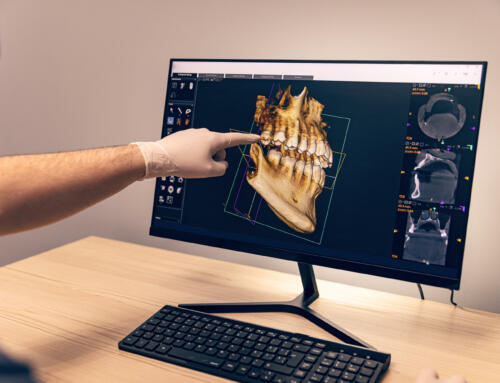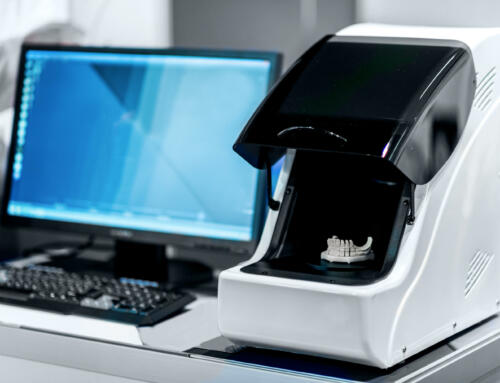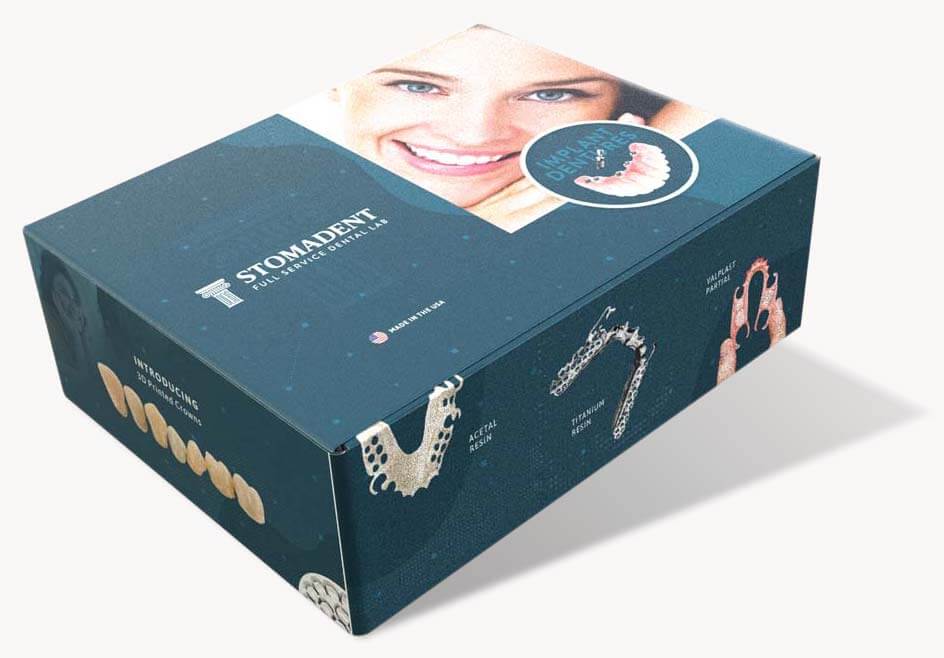
By David Hudnall, DMD
Who would have imagined it possible to have quality dental restorations and appliances made without using any impression material at all? Less than 10 years ago, time-consuming, messy impressions that provoked gagging in many patients were the norm. Tremendous improvements in intraoral scanning technology have revolutionized restorative dentistry for the better and brought the ability to offer impression-free alternatives to the masses. Now, virtual 3D surface models of the hard and soft tissues are the result of the optical impressions, allowing them to be transferred electronically through time and space to the dental laboratory.
What Is an Intraoral Scanner?
In practical terms, chairside intraoral scanners allow the dentist to completely bypass the unpleasant and time-consuming process of taking physical impressions by capturing images of the patient’s anatomy. Those images are then used to construct virtual 3D models.
Similar to 3D scanners used in other industries, dental 3D scanners project a light source (either laser or structured light) onto intraoral tissues and the dental arches, including any prepared teeth and implant scan bodies (cylinders screwed onto implants that allow the implant position to be detected by the scanner). Those images are captured by imaging sensors which use specialized software to process and generate the data into point clouds. These point clouds are then mathematically triangulated using specialized software to create a final 3D representation of the images, replicating the patient’s anatomy to extremely precise specifications.
Intraoral scanning eliminates the inherent inaccuracies of traditional reverse-image laboratory methods that get carried through to the final restoration, often resulting in restorations that do not fit properly.
Qualities of the Best Intraoral Scanners
Choosing and purchasing an intraoral scanner is the first step toward the transition to digital dentistry. Intraoral scanners must possess certain properties for them to be beneficial. The key is to balance the critical features that you will use without buying something that is too complicated for the needs of your practice.
Ease of Use
The size and quality of the scanning equipment itself are important. Is it easy to control the wand in your hand using a comfortable grip? Is the scanning wand too heavy or too bulky? Can you access all areas of the patient’s mouth? Does the scanner’s infection control regimen work well without degrading accuracy? The best intraoral scanners allow you to fully use them with ease.
Intuitive Operating System
User-friendly software is essential. Clinicians don’t have time to deal with complex software that consumes excess time and prevents them from performing dentistry.
Accuracy
The accuracy of the scan determines the fit of the final restoration. The scanner must be able to precisely capture all of the fine details for every type of restoration that you will be performing including crowns, bridges, dentures, partial dentures, implant-supported dentures, night guards, and orthodontic aligners.
Speed
The best intraoral scanners balance scanning speed with accuracy and have minimal to no delay between the completion of the scan and loading the images onto your monitor for viewing. The software should also recognize any areas where additional scanning is needed to improve precision.
Price
Scanners are available at a variety of price points. The best intraoral scanner for your practice is the one that gives you the biggest bang for your buck when combined with all of the other important elements outlined above. Consider any hidden costs and additional expenses associated with using a chairside scanner, such as additional equipment, software subscriptions, advanced training, maintenance packages, and support.
6 Best Intraoral Scanners
Any major equipment purchase requires careful consideration. After all, you don’t want to buy something that will be obsolete tomorrow or not meet your practice’s needs for the foreseeable future. With so many manufacturers to choose from, dentists want to know which brands are the best intraoral scanners for their investment. We’ve put together a list outlining intraoral scanner comparison 2022 to help you figure out some of the features that might be most important to you.
1. Aoralscan
Aoralscan simplifies intraoral scanning and enables dentists and technicians alike to easily obtain digital impressions. Aoralscan comes highly recommended by Stomadent Dental Laboratory and can be purchased through our website’s product page at a specially discounted price.
Features:
- Scan speed 15 frames/second
- Data optimization uses Artificial Intelligence to help identify and delete extraneous data
- Real-time scanning
- Realistic color
- User-friendly motion-sensing scanning
- Plugs in directly to USD 3.0 port
- Offers both .STL and .OBJ output file formats
- Price point is about $11,000 via manufacturer agreement with Stomadent Dental Laboratory
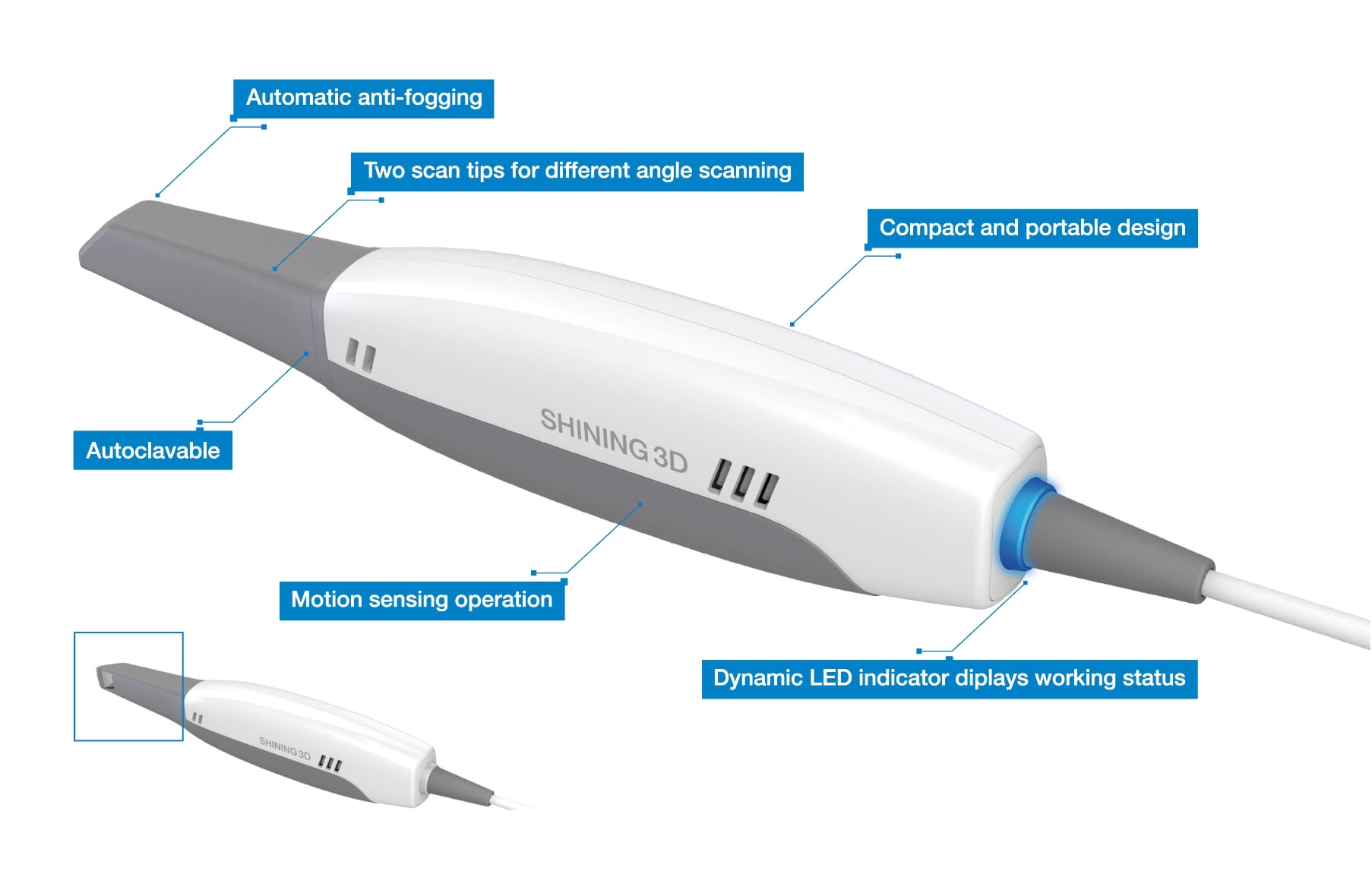
2. Cerec Primescan
Dentsply Sirona is an industry-leading manufacturer of dental products. Its Primescan line of scanners come with a variety of infection control options, including both autoclavable and disposable sleeves, ensuring hygienic handling.
Features:
- Superior accuracy – processing more than 50,000 images per second
- Scans at an incredible density to deliver 3D images instantly
- Touchscreen for intuitive use
- Comes with a mobile cart
- Price point starts at approximately $16,000
3. Carestream Dental 3600
With its Intelligent Matching System, Carestream allows the dentist to freely complete any missing data in any area of the mouth at any time without the need to indicate an exact location to the intuitive software.
Features:
- Uses LED light source
- 13 x 13 mm field of view
- Anti-fogging technology prevents distortion of accurate images
- Handpiece weighs about 11.5 ounces
- Interchangeable tips in different orientations help you capture scans in hard-to-reach areas
- Plugs into USD 2.0 port
- Price point about $20,000
4. Condor
Belgian company Condor Technologies N.V. has developed and produced a compact intraoral scanner that has remained a constant workhorse since its inception in 2010. The company is continually improving its product by enhancing software algorithms, allowing existing scanners to operate faster and with greater resolution and accuracy without replacing any hardware.
Features:
- Uses 15 white LEDs and 2 blue LEDs as its light source
- Lightweight handpiece weighs only 3.9 ounces
- Scan of a single arch takes 1 minute
- Plugs into USD 3.0 port
- .STL output files make data transmission seamless
- Free software upgrades for the life of the equipment
- Price point about $13,000
5. iTero Element
The iTero Element 2 from Align Technology is available in two formats: a mobile version and a stationary unit. The capabilities of this scanner are likely to be overkill for the average dental practitioner unless you routinely treat orthodontic cases.
Features:
- Scans a full arch in as little as 60 seconds
- Adaptive anti-fogging technology
- Time-lapse system allows patient history visualization of tooth wear, tooth movement, gingiva
- Compatible with Align Technology’s Invisalign system
- List price is about $50,000
6. Medit i700
Medit i700 stands out for making the scanning experience more comfortable for both the dentist and the patient. This model comes with more bells and whistles and is suited for the dental practice that offers a variety of services.
Features:
- LED light source
- Scans up to 70 frames/second
- Ergonomic handpiece weighs 8.7 ounces
- Adaptive anti-fogging technology
- Plugs into USD C-type port
- Full arch accuracy 11 microns
- 3D in-motion video technology that allows for full-color streaming capture
- Additional impression scanning and 3D facial scanning features are built in
- Modeless crown fitting software reveals whether alterations may be needed to fully seat crown
- Price point about $20,000
Link Your Impressions to Stomadent Dental Laboratory
The world of chairside scanning has exploded in recent years as evidenced by the many intraoral scanners on the market. But not all scanners offer the same attributes. And manufacturers don’t make it easy to perform a true dental scanner comparison. Most makers focus their product specifications on marketing-based information rather than presenting actual parameters that have meaning and allow the dentist to easily compare specs between competing brands. Therefore, the best intraoral scanner for your practice is the one that meets your specific needs.
For routine crown and bridgework and removable restorations, Stomadent Dental Laboratory has found Aoralscan’s compact design and scanning accuracy to be a great selection at a reasonable price point. For more information on Aoralscan scanning products, check out our product page. When it comes to implementing an automated workflow, Stomadent has you covered!

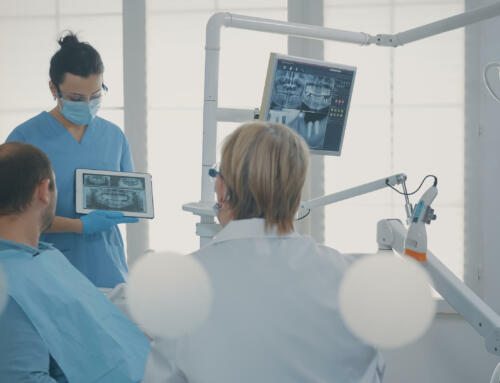
![Hybrid Denture with Titanium Bar [Best Methods + Advantages]](https://stomadentlab.com/wp-content/uploads/2024/01/dental-prosthesis-on-dark-background-2023-11-27-05-06-28-utc-scaled-500x383.jpg)
![The Lucitone Denture Advantage [Best Practices + Advice]](https://stomadentlab.com/wp-content/uploads/2022/08/lucitone-promo-1-500x383.jpg)
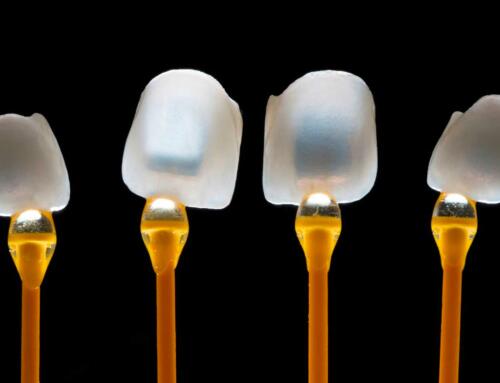
![How to Remove Snap On Dentures [Expert Guidance]](https://stomadentlab.com/wp-content/uploads/2023/12/a-denture-in-a-glass-of-water-dental-prosthesis-c-2023-11-27-04-50-54-utc-scaled-500x383.jpg)

